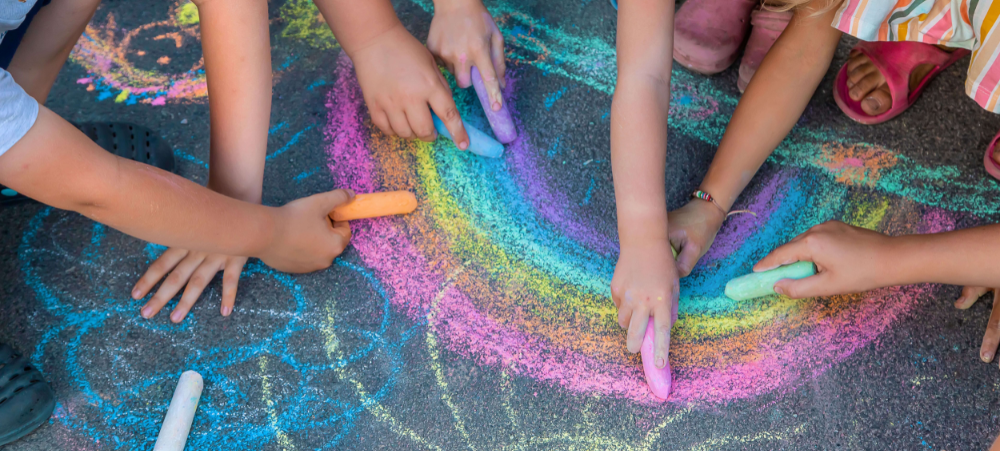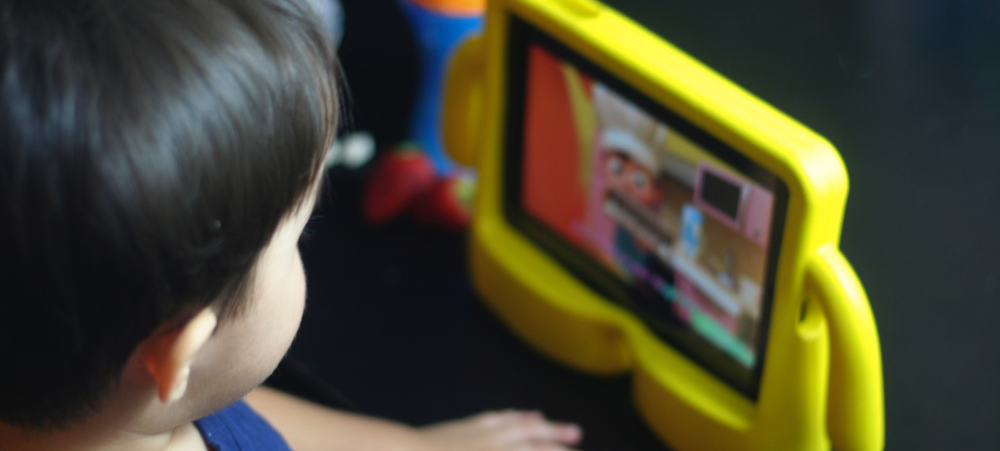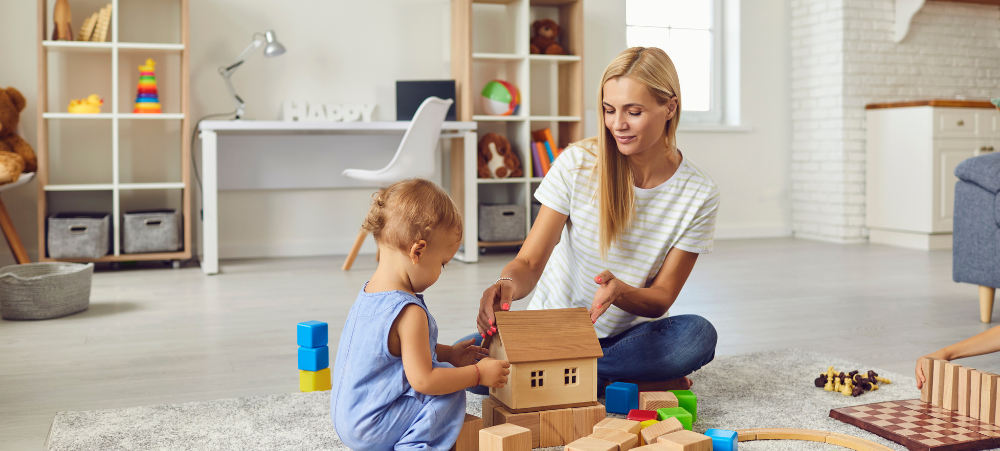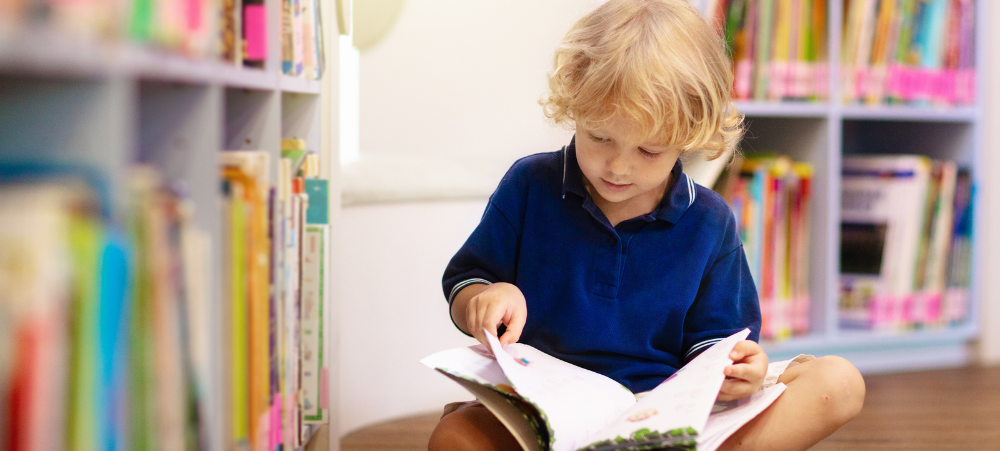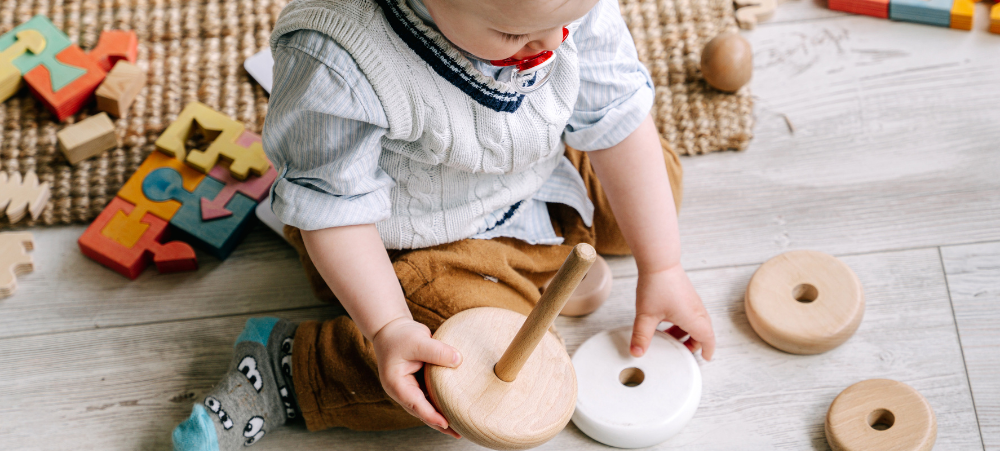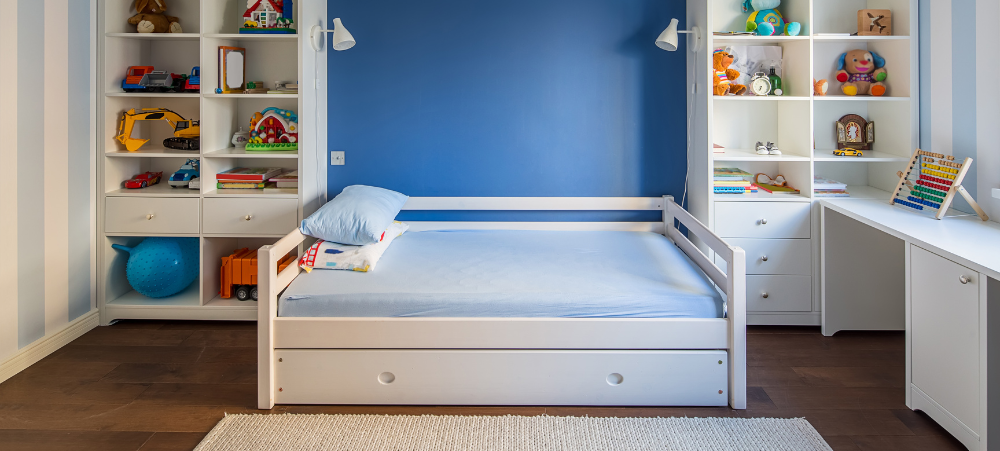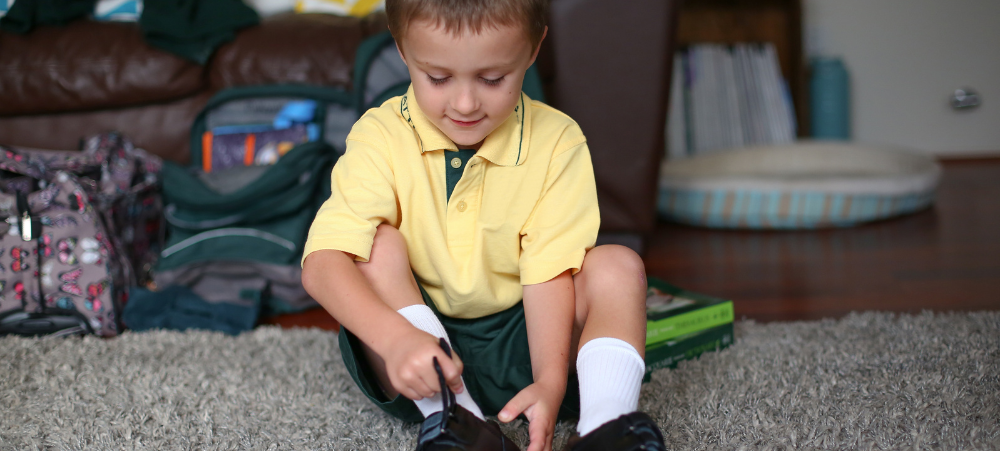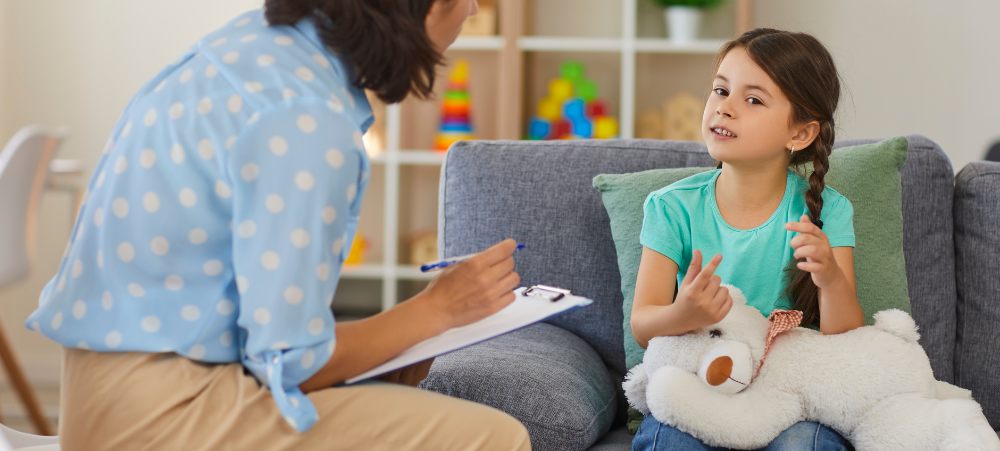
Neurodiversity Explained: Supporting Kids With ADHD, Autism, and More
Every child sees the world differently—and for neurodivergent kids, that difference can be a source of strength, creativity, and challenge. “Neurodiversity” is a term that celebrates these differences, recognising that conditions like ADHD, autism, dyslexia, and others are natural variations in how human brains work—not deficits to be “fixed.” As awareness grows, more families and educators are embracing neurodiversity, aiming to support—not suppress—what makes each child unique. What Does “Neurodiversity” Mean? Coined by sociologist Judy Singer in the late 1990s, neurodiversity is the concept that neurological differences are part of normal human variation. These include: Rather than labelling neurodivergent kids as “disordered” or “less than,” neurodiversity shifts the focus to support systems that allow all kids to thrive. “Different is not defective.” – Dr. Devon MacEachron, psychologist specialising in twice-exceptional learners Common Signs of Neurodivergence in Kids Signs vary widely depending on the condition, but here are a few examples: Each child’s profile is different—and many are what’s called “twice-exceptional” (gifted + learning differences). How Parents Can Support Neurodivergent Kids 1. Learn With an Open Mind Understanding your child’s unique wiring is the first step. Read books, listen to neurodivergent voices, and connect with others walking a similar path. 2. Focus on Strengths, Not Just Struggles Kids with ADHD may struggle in structured classrooms—but thrive in creative, fast-paced environments. Autistic children may find social situations difficult but excel in pattern recognition or deep focus. 3. Advocate in Schools Ensure your child’s learning needs are supported. In South Africa, learners with barriers may qualify for accommodations through SIAS (Screening, Identification, Assessment, and Support) policy. 4. Create Calm, Predictable Routines Neurodivergent children often benefit from visual schedules, quiet time, and sensory-friendly environments at home. 5. Validate Emotions Without Judgement Frustration, meltdowns, or shutdowns are not misbehaviour—they’re often signs of overwhelm. Meet these moments with empathy, not punishment. 6. Celebrate Their Voice Give your child opportunities to express their thoughts, needs, and preferences—whether through words, art, movement, or alternative communication. Why Language Matters Use affirming terms that reflect dignity and humanity. Many autistic adults prefer “autistic person” over “person with autism”—but preferences vary. When in doubt, ask or listen. The Bigger Picture According to the CDC, about 1 in 5 children in the U.S. has a learning or attention issue. In South Africa, access to assessments and support can be more limited—but awareness and advocacy are growing. Neurodiversity is not a trend. It’s a call to reimagine education, parenting, and society with room for all minds to shine. Helpful Resources:









